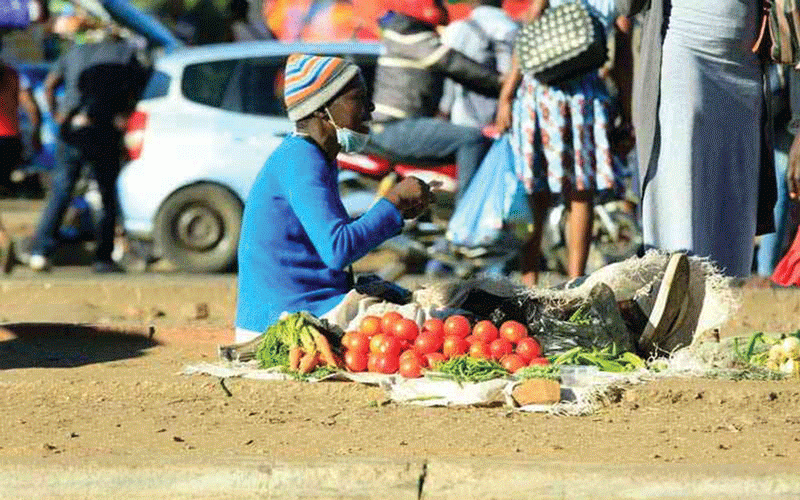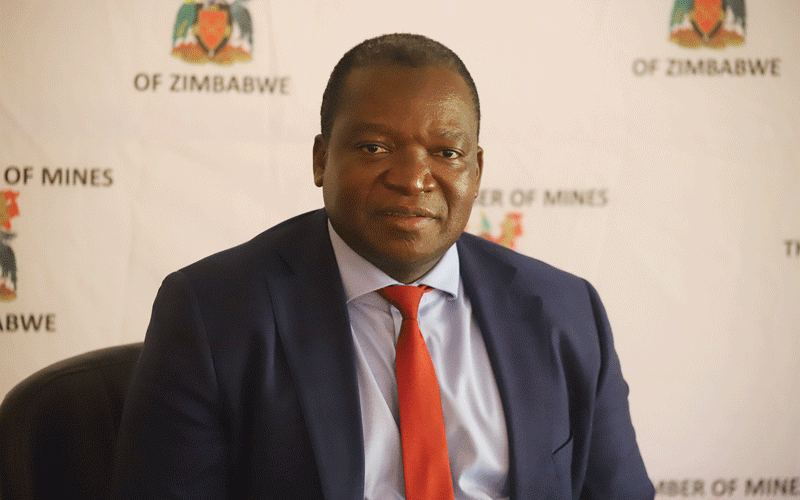
AS Zimbabwe braces itself for hotter and drier EI Niño weather conditions, farmers are cautioned to put the necessary measures in place to mitigate against the risk of veld fires during this summer season.
Owing to good rains that most areas received this year, analysts have warned that Zimbabweis very susceptible to veld fires.
In a statement last week, Environmental Management Agency spokesperson Amkela Sidange said the rains supported the growth of biomass, which when dry, act as fuel load resulting in intense veldfires.
She said provinces at high risk of veldfires are Mashonaland West, Mashonaland Central, Mashonaland East and Matabeleland North, while districts that fell in extreme risk category were Nyanga, Mutasa, Mutare and Chimanimani.
Already, the Environment, Climate, Tourism Hospitality Industry minister Mangaliso Ndhlovu has since through Notice No 76 of August 4, 2023, gazetted the 2023 fire restriction period as running from July 31 to November 30 this year.
“Already during the first week of the 2023 fire restriction period, a total of 412 fire incidents that burnt 34 194,31 hectares of veld were reported,” Sidange said.
“However, most of these fires were observed to be largely management fires coming from fire guard construction, early burning and block burning, ongoing disregarding the onset of the fire restriction period.
“To that end, the agency is reminding members of the public that the fire restriction period is on us hence the urgent need to prevent onset of veldfires.
- Veld fire management strategies for 2022
- Stop harassing media for reporting truth
- Veld fire management strategies for 2022
- News in depth: Mnangagwa’s push for $12 billion mining industry imperils communities
Keep Reading
“The agency and related law enforcement government arms will keep an eye on fire behaviour and trends in the country during this period, and all those found violating the law will be prosecuted,” he added.
Last year, 10 people were burnt to death and four others escaped with burns after they were trapped in a veld fire, they were trying to dose in Esigodini, Matabeleland South province.
The death toll in the United Stateswildfires has risen to 110, with officials feeling the heat over the county’s actions as wildfire swept across Hawaii last week, sending people scrambling for safety.
Veld fires have wide-ranging impacts on Zimbabwe's environment, economy, and society. The ecological consequences include the destruction of vegetation cover, loss of biodiversity, soil erosion due to reduced ground cover, alteration of natural habitats for wildlife, and disruption of ecological processes such as nutrient cycling.
These fires also contribute to air pollution through the release of smoke and harmful gases.
In terms of the economy, veld fires have detrimental effects on agriculture and livestock production. Crops are destroyed, leading to reduced yields and food shortages.
Livestock may suffer from lack of pastures areas and diminished water sources due to fire damage. Additionally, infrastructure such as fences, buildings, and power lines can be destroyed by veld fires.
The impact on human settlements is significant as well. Veld fires can threaten homes and communities located near fire-prone areas, leading to the displacement of people and loss of property.
The smoke generated by these fires can also cause respiratory problems and other health issues for nearby residents.
Veld fires are not unique to Zimbabwe; the impact has been severe in the past and put farmers on the back foot after a challenging couple of years.
Taking a proactive approach and ensuring that risk measures are in place will go a long way. With all these impacts, there is needs for all stakeholders, especially farmers, to put all their hands on the deck.
What needs to be done?
Farmers must consider having a fire management plan, collaborate with government and other stakeholders and follow procedures or protocols that will avoid disasters when starting fire in their areas.
Veld fires, also known as bushfires or wildfires, pose a significant threat to Zimbabwe's ecosystems, economy, and human settlements. These fires occur annually during the dry season, which typically spans from May to October.
The combination of dry vegetation, strong winds, and human activities contributes to the occurrence and severity of veld fires in the country.
This comprehensive response will delve into various aspects related to the threat of veld fires in Zimbabwe, including their causes, impacts, management strategies, and efforts towards prevention.
Veld fires in Zimbabwe can be caused by both natural and human factors. Natural causes include lightning strikes during thunderstorms, spontaneous combustion of decomposing organic matter, and volcanic activity.
However, the majority of veld fires are ignited by human activities such as agricultural practices, land clearing for farming or construction purposes, hunting techniques like fire-setting to flush out game animals, careless disposal of cigarette butts or burning debris.
Efforts to manage and mitigate the threat of veld fires in Zimbabwe involve a combination of prevention, preparedness, response, and recovery measures. These strategies aim to reduce the occurrence of fires, minimize their impacts, and enhance the country's capacity to respond effectively.
Prevention measures focus on raising awareness about fire safety, promoting responsible land management practices, and enforcing regulations related to fire control.
Public education campaigns are conducted to inform communities about the dangers of veld fires and how to prevent them. This includes educating farmers on safe agricultural practices, discouraging the use of fire as a hunting technique, and promoting controlled burning during appropriate times and under controlled conditions.
Preparedness efforts involve developing early warning systems, establishing firebreaks, and trainingson firefighting.
Early warning systems utilise weather forecasts, satellite imagery, and ground-based observations to predict fire risk levels and issue alerts to relevant authorities.
Firebreaks are strategically created in vulnerable areas to create barriers that can impede the spread of fires. Training programs are conducted to equip farmers with appropriate skills to combat veld fires effectively.
The Zimbabwean government, in collaboration with various partners, has implemented various initiatives to prevent veld fires and raise awareness about their dangers. One of them is the National Fire Week: The government designates a specific week as National Fire Week, during which awareness campaigns are intensified to educate the public on fire prevention and safety measures.
Zimbabwe has enacted several pieces of legislation and regulations related to fire control and prevention. These include the Forest Act, which prohibits the setting of fires without authorization, and the Environmental Management Act, which addresses environmental protection and conservation.
Climate change and veld fires
The relationship between climate change and veld fires is complex and multifaceted. Climate change has been identified as a significant contributing factor to the increase in frequency, intensity, and duration of veld fires in many regions around the world.
The changing climate patterns caused by human activities have exacerbated the conditions that favour the occurrence and spread of veld fires.
One of the primary ways in which climate change influences veld fires is through its impact on weather patterns. Rising global temperatures have led to changes in precipitation patterns, resulting in more frequent droughts and longer dry seasons in many regions. These prolonged periods of dryness create ideal conditions for veld fires to ignite and spread rapidly.
The lack of moisture in vegetation increases its flammability, making it more susceptible to ignition from natural or human-caused sources such as lightning strikes or accidental fires.
Additionally, climate change can alter wind patterns, which play a crucial role in the spread of veld fires. Changes in wind direction and speed can affect the rate at which a fire spreads, making it more difficult to control.
Strong winds can carry burning embers over long distances, igniting new fires ahead of the main fire front and causing fire outbreaks to become more widespread and destructive.
It is crucial to note that while climate change is a significant contributing factor to the increase in frequency of veld fires, it is not the sole cause.
Other factors such as land management practices, human activities, and natural fire regimes also play a role in determining the occurrence and severity of veld fires.
However, climate change acts as a catalyst that amplifies the existing risk factors and exacerbates the conditions conducive to veld fire outbreaks. For now, let’s not lower the guard. Until next week!
- Chiduku is a communications, public policy and governance expert with interests in agriculture, climate change and environmental issues. He writes in his personal capacity. — [email protected] or +263775716517.











